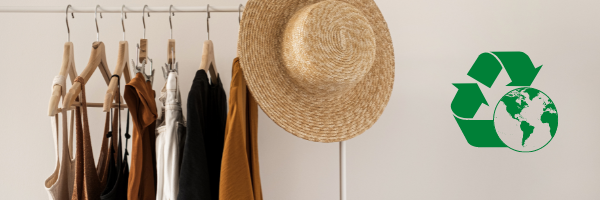

The Term “Sustainable Fashion” is misleading as sustainable and fashion is contradictory. Sustainable refers to continuing after a period of time but fashion implies change over time. At the 2009 Sustainable fashion summit in Copenhagen, most people thought “eco” and “vegan” and “organic” all meant kind of the same thing. Fashion brands hardly had any people dedicated to sustainability. Now pretty much all fashion brands, from the mass market to luxury, swear that they put sustainability at the heart of their strategic plans.
In 2018, the U.N.F.C.C.C. (the U.N. climate change body) unveiled the Fashion Industry Charter for Climate action, with its science-based targets for the fashion industry, including reaching net-zero carbon emissions by 2050. Last year, at COP26 in Glasgow, the group updated it to reflect a need to halve emissions by 2030; currently, about 150 brands and supporting organizations have signed on.
The European Union’s “Initiative on Substantiating Green Claims,” which aims to publish later this year, will require companies to back up such claims as “green” and “eco-friendly” with recognized third-party methodology.
A better term to address this issue is “responsible fashion”. This means all players, from the consumer to the C.E.O., the manufacturer and the farmer, take responsibility for their part in the supply chain and the creative process, and for the choices they make.
There is no simple answer to solving fashion’s role in climate change. The crucial issue for each of us consumers is to think about and understand the effects of the choices we make, so we can make better ones in the future. Brands should see this challenge as a creative opportunity to find new ways of thinking and designing. As people come out of pandemic induced two-year hibernation, we should think about clothing that brings a positive change to the environment. Because in the end, it’s not just about the product. It’s personal.
Photo Courtesy: Canva
